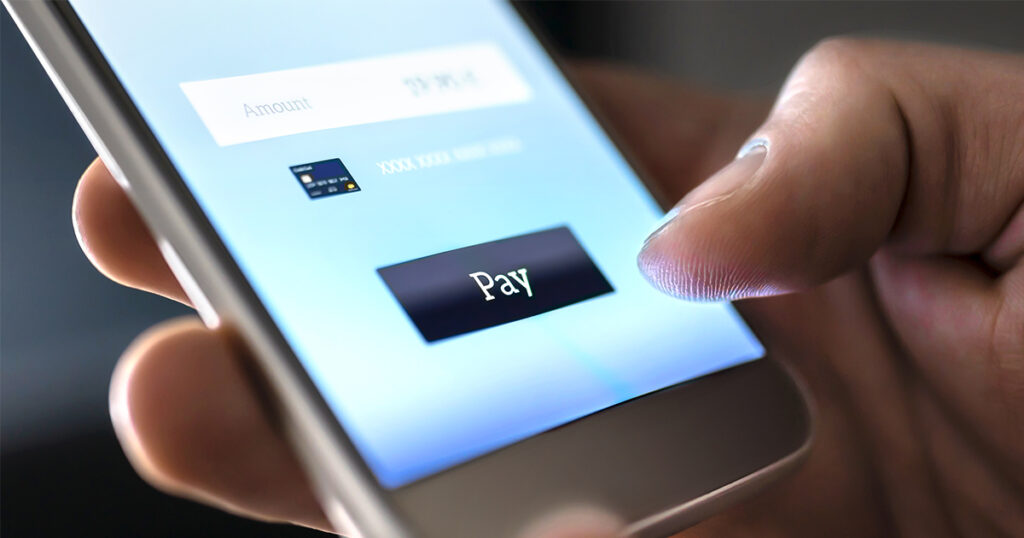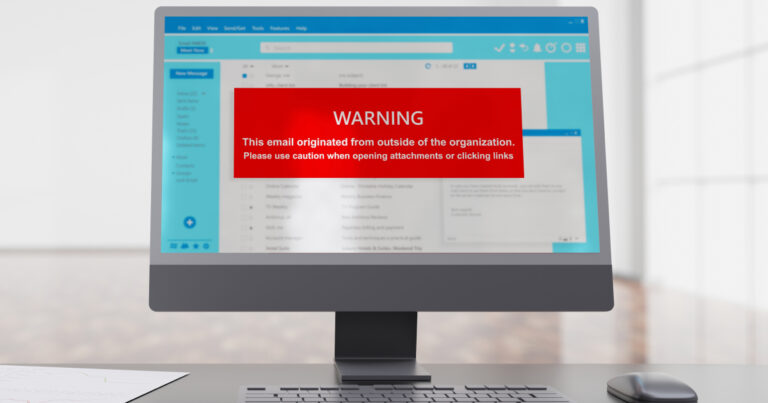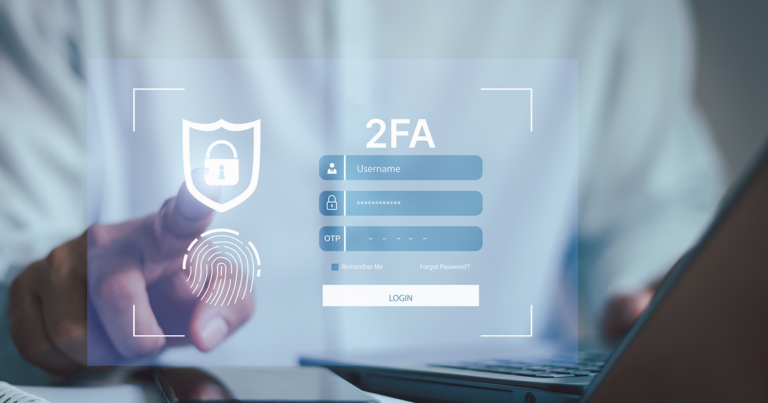With the right contactless payment technology, businesses can make point-of-sale transactions fast and secure for customers and employees. While COVID certainly heightened retailers’ desire for touchless payments, consumers often prefer these checkout modes because they simplify transactions and offer flexible payment options. With a few changes to a point-of-sale setup, nearly any company can initiate touchless payments for its products and services.
What Are Contactless Payments & How Do They Work?
Contactless payments are transactions that are completed without swiping or inserting a credit or debit card or handing over cash. Instead, the payment card is placed near a point-of-sale (POS) reader so the security token in the card and the terminal can communicate to complete the transaction. This process uses Near-Field Communication (NFC) technology, which allows two enabled devices to exchange data wirelessly. Touchless payment existed before the COVID-19 pandemic, but its use gained traction as customers sought more contactless exchanges, and the practice has continued to gain popularity with customers who value the convenience of tap-to-pay and mobile payments.
A business that switches to a contactless payment system can expect many advantages, including faster transactions, reduced touchpoints and increased protection from counterfeit cards and scams. Managers exploring POS options should follow along to learn about the top four touchless payment methods outlined below.
Tap-To-Pay Card Terminals
Tap-to-pay cards are the No.1 contactless payment method, according to Forbes, and these credit and debit cards are among the most secure banking technologies. Tapping to pay is safer than swiping a magnetic stripe because scammers can easily swipe or copy the information from the stripe with a $20 skimmer tool. Tap-to-pay cards are difficult to counterfeit and offer the same fraud-prevention security measures as modern microchip cards.
Allowing tap-to-pay transactions at a POS offers these perks:
- Purchases are completed in seconds and most small-dollar transactions do not require customers to touch the keypad or terminal.
- A cashier does not have to handle the card to collect payment and the terminal can trigger a digital receipt (delivered via text or email) in lieu of paper, so nothing is exchanged.
- Card data and payment information is encrypted so it is difficult for hackers to copy or steal and high-dollar transactions often require a second verification method to protect customers from theft.
Contactless Payments From Digital Wallets
Apple Pay, Samsung Wallet and Google Wallet are the three most popular digital wallets that make purchases convenient for customers and contactless for cashiers. Smartphones and wearable devices facilitate these contactless payments using NFC technology, similar to tap-to-pay cards. Instead of producing the physical card, though, a customer can pay using a digital version stored on an app on his or her phone or smartwatch. The wallet app just needs to align with the user’s smartphone or wearable. iPhones use Apple Pay, Samsung Wallet is available only on Samsung-branded devices and any phone or smartwatch running an Android operating system may use Google Pay. These wallet apps are linked to a bank account or credit card.
Retailers who accept digital wallet payments enjoy these benefits:
- Payments are made in seconds and biometric verification, a PIN or a passcode makes authorization for higher-dollar transactions quick.
- Transactions are completed without any contact and some apps even bypass the need for a paper receipt.
- Card information is encrypted in wallet apps, keeping data secure; the need for facial recognition or a fingerprint match is up to the card company, and this process is completed on the customer’s phone without the store’s involvement.
Peer-to-Peer Payment Apps
While PayPal touchless payments were once the kingpin of peer-to-peer money transfers, many apps have entered the scene in recent years. Venmo allows companies or contractors to request, send and receive money digitally. Zelle specializes in bank-to-bank transfers and works with many financial institutions’ existing apps. Cash App works similarly to Venmo, but users can invest in stocks and buy and sell bitcoin through the app. Any small business or freelance worker may use these peer-to-peer apps for touchless payment processing for services rendered or items sold. The money is deducted from the client’s app-connected bank account or it is charged to a credit card of his or her choosing.
Peer-to-peer payment apps benefit businesses in these ways:
- Requesting payments and sending money can be completed with just a few taps on a smartphone and the transfers are more efficient than mailing money orders or checks.
- Devices do not need to be in proximity to send/receive money; this is an ideal way for a stylist or dog walker to bill for services and receive payments digitally.
- No bank account or credit card numbers are exchanged, so both the payor and payee have some protection from fraud.
Touchless Credit Card Readers
Although the touchless, tap-to-pay payment method is similar, card readers differ from typical cashier terminals because these are portable payment stations. Freelance and self-employed workers and restaurants or sellers may choose an iPhone or Android for their business to take Square touchless payments and other card readers to pop-up shops and markets or off-site events. An internet connection, an NFC-enabled smartphone or tablet, and the associated app are all that these POS systems need in order to work. While some card readers still require a plug-in magnetic stripe card reader and a mobile phone or tablet, Square, Clover and Shopify are a few options for NFC tap-to-pay technology.
More small businesses are moving to touchless credit card readers for these advantages:
- Card reader apps can ring up goods and services anywhere and collect payments with simple, fast tap-to-pay methods.
- Minimal contact between the card and the mobile device or tablet is required to process the payment.
- Because no account information is stored on the retailer’s device, transaction details are secure, and since these tap-to-pay cards are difficult to counterfeit, businesses are protected from fraud.
Setting Up a Contactless Payment System for a Business
Setting up contactless payments for a business is as simple as adopting an NFC-enabled payment method — which could be a cash register terminal with tap-to-pay functionality or a tablet with a card reader application — and getting a secure business Wi-Fi connection. Enterprise-level Wi-Fi provides a safe, fast connection that can help protect customer data from hacking and fraudulent activity and make every transaction seamless.
Upgrade your Point-of-Sale system with FTC today. Our managed Wi-Fi can power touchless payment methods to boost a business’ bottom line and improve the customer experience. View additional mobile devices and tablets and find secure IT solutions for any size company at ftc.net/business.




